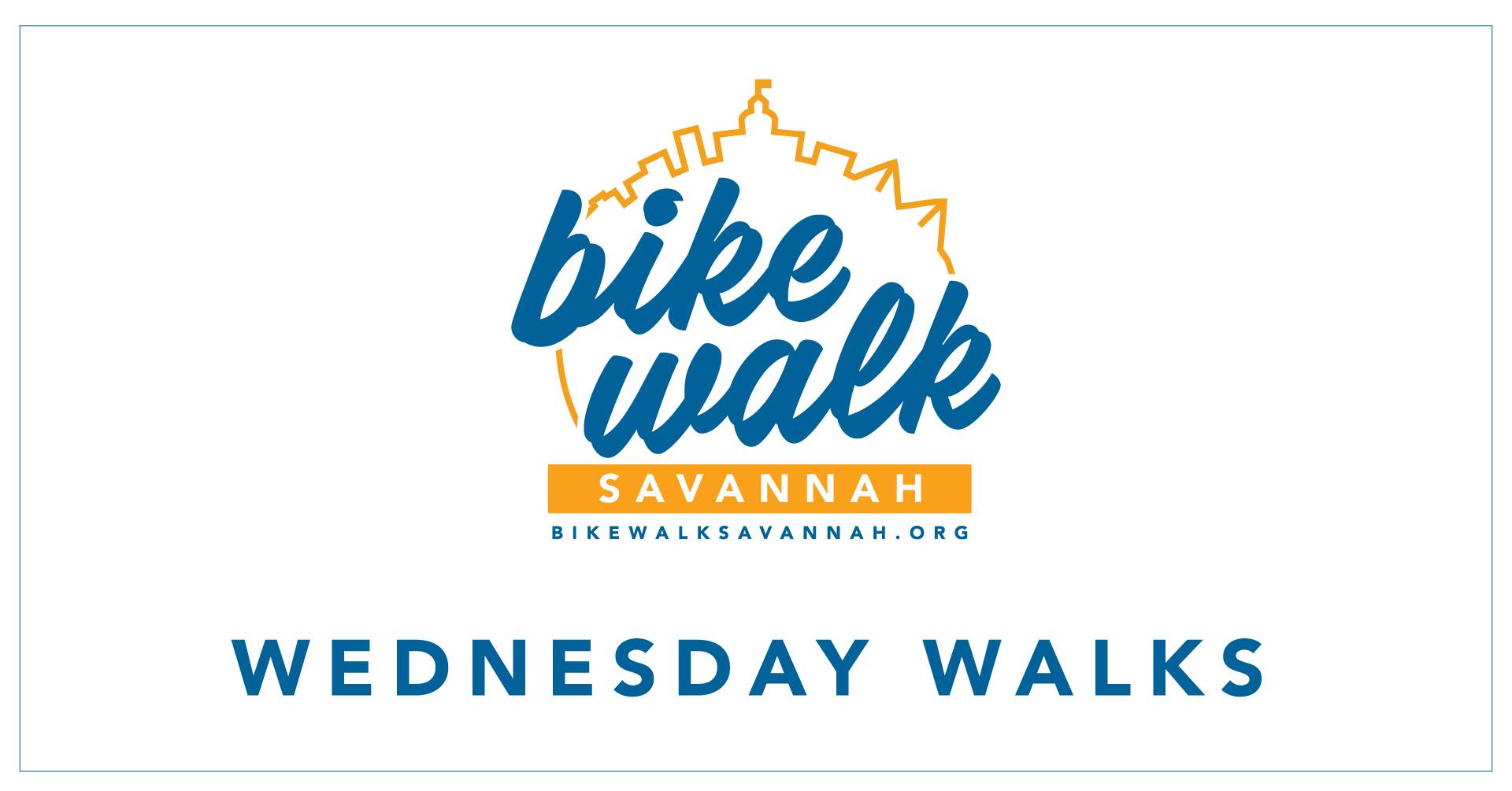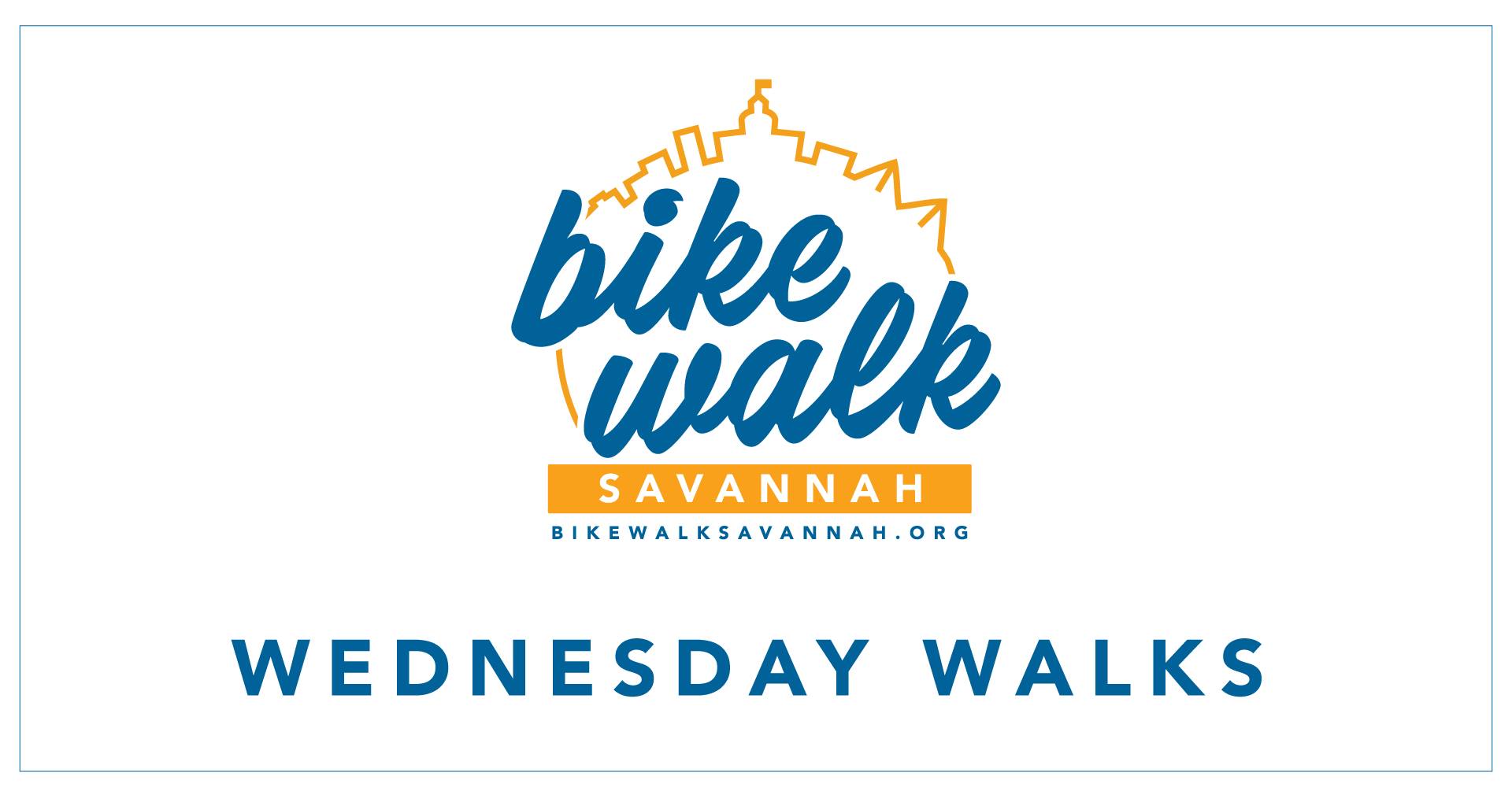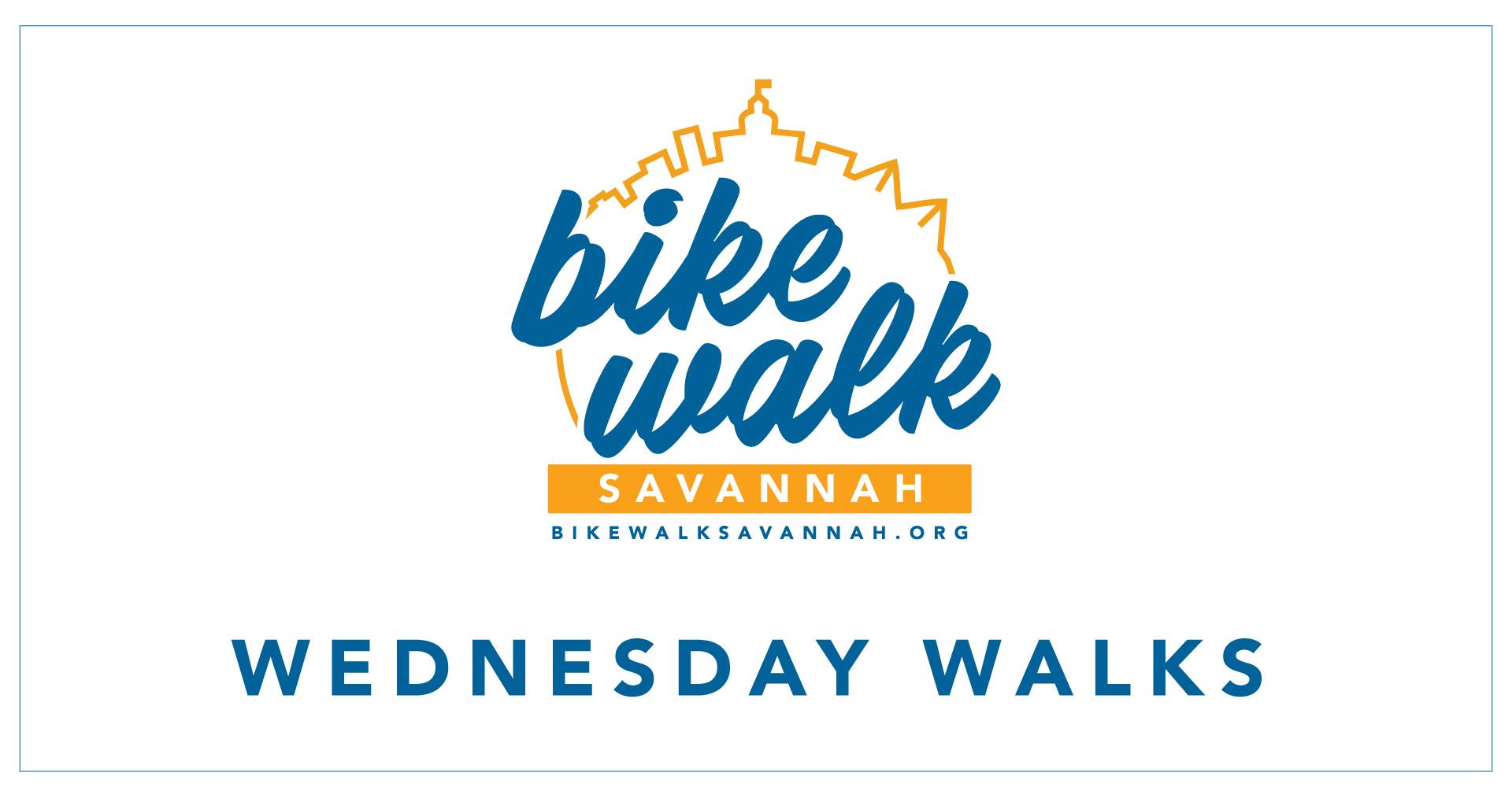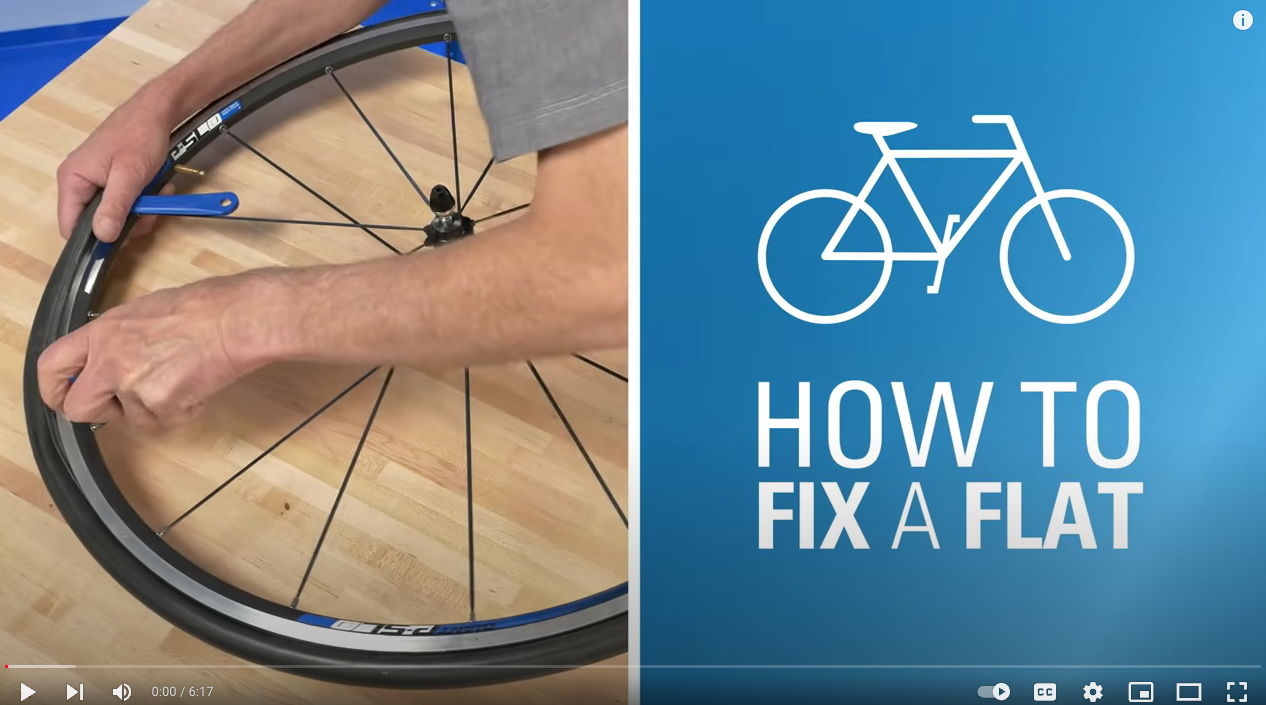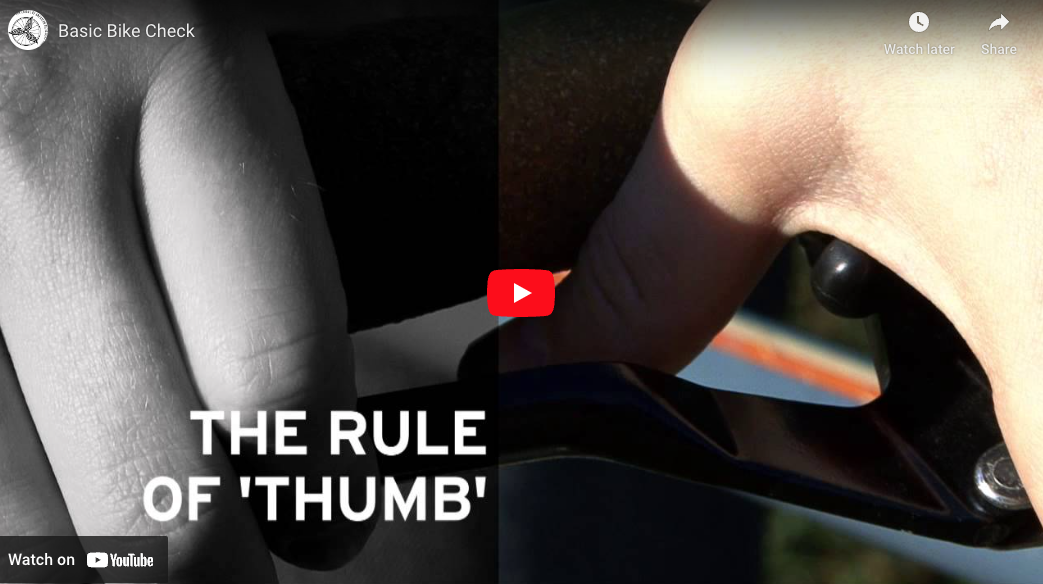Let’s head out for a walk!
Continue readingJuly Wednesday Walk
Let’s head out for a walk!
Continue readingJune Wednesday Walk
Let’s head out for a walk!
Continue readingMay Wednesday Walk
Let’s head out for a walk!
Continue readingApril Wednesday Walk
Let’s head out for a walk!
Continue readingMarch Wednesday Walk
Let’s head out for a walk!
Continue readingSharing the trail
Multi-use paths like the Truman Linear Park Trail and Police Memorial Trail are popular, but they can get congested and create issues with different modes of travel! It’s important to be courteous and for everyone to follow the same rules in order to have a safe and enjoyable time.
- Be courteous & know the rules of the trail you are using.
- Give a clear, audible signal when passing — bells or your voice are great!
- Be cautious and yield to crossing traffic.
- Stay to the right.
- If you’re moving faster than the people in front of you, slow and wait for an opportunity to pass — don’t thread the needle.
- Always be predictable — ride in a straight line, don’t weave across the trail.
- Stay on the designated path.
- Travel at a speed that allows you to watch for hazards as well as your surroundings.
- Don’t blast your music. If you’re listening on headphones, make sure you can hear your surroundings or use one earbud.
- Yield to more vulnerable path users. Bicyclists and skaters yield to pedestrians, pedestrians yield to those with young children or assistive devices.
- If you’re riding in a group, move to a single file to allow oncoming traffic to pass.
- If you are riding or walking while it is dark, be sure to use lights.
- If you’re on the trail with your dog, make sure to keep it on a short leash. Retractable leashes are not recommended, as they can cause cuts and burns to both pets and people.
- Keep it clean — whatever you bring in, bring out! If you notice a lot of trash or debris, call 311 or come out for a trail cleanup!
Our friends at The League of American Bicyclists have put together a great video overview below.
How to Fix a Flat Tire on a Bicycle
Knowing how to change a flat tire is a useful skill, especially if you’re going on longer rides or don’t have a local bike shop nearby. It can be daunting at first, but it’s easier than you think! All it takes is some practice.
Our friends at Park Tools have a great basic overview of how to repair a flat tire on a bike. Read on for step by step instructions!
What you need:
- Tire levers
- Air pump
- Wrench (for non-quick-release type wheels)
- Replacement tube and/or tire
- A repair stand can be helpful, but not necessary
How to:
- Remove your wheel
- Rear Wheel: Shift derailleur to the outermost gear and innermost front chain ring to give you chain slack.
- Disengage any rim brakes.
- Disengage the wheel from your frame.
- Quick Release: pull outward on end of quick-release skewer lever. If necessary, loosen quick-release adjusting nut to clear any tabs at end of fork.
- Thru Axle: some function similarly to quick-release axle – pull lever outward to disengage and turn to loosen. Some thru axles are equipped with a special fitting that must be engaged to loosen the axle. Still others are simple levers that turn to loosen or tighten – no engagement or disengagement is necessary.
- Solid Axle: For wheels with axle nuts, loosen both nuts outside of dropouts.
- On a front wheel, guide the wheel down and out of the fork. For rear wheels, pull back on the rear derailleur to allow the cogs to clear the chain and lower the wheel.
- Deflate your tube completely
- Remove your tire
- Push one side of the tire inwards, close to the rim of your wheel, to help loosen the tire bead from the rim. Do this around the entire wheel.
- Push one tire lever under the bead of the tire, between the tire and the rim of the wheel. It can be helpful to do this near the valve stem.
- Insert the second tire lever under the bead of the tire a few inches away from the first one, between the tire and rim of the wheel.
- Pull both levers toward spokes to lift the bead off the rim. Move one lever a few inches along the rim and lift the next section, proceeding around the wheel.
- Starting opposite the valve, pull the tube from the tire. Lift the valve from the valve hole to full remove the tube.
- Remove the tire completely to fully inspect the tire for any cuts or holes.
- You may be able to use a tube or tire patch kit to fix any small holes or cuts, but replacing the tube is always the safest and most reliable option.
- Inspect the wheel rim for any sharp edges or protruding spokes. No point in replacing a tube if your wheel rim is damaged!
- Install your tube
- Inflate tube enough to hold its shape
- Install tube inside tire, with valve adjacent to air pressure recommendations written on the sidewall of the tire.
- Lower tire and valve into rim valve hole. Note any directional arrows on your tire and orient the tire appropriately.
- Make sure to keep your valve pointing straight towards the hub of your wheel!
- Install one side of the tire bead at a time. You can use your tire lever carefully and strategically to help work the tire in, but be careful and avoid pinching your tube.
- Once both sides of your tire are installed properly, inflate the tube to low pressure and inspect each side for any bulging, inner tube sticking out, or inconsistencies. You may need to deflate the tube and reinstall the tube and tire.
- Once everything looks ok, inflate your tube to full pressure.
- Reinstall your wheel
- Work backwards from how you removed your wheel!
- Make sure any quick-release levers are tightened and your wheel is secure.
- Re-engage brakes.
- Make sure your wheel is centered in the frame or fork.
And now you’ve changed your tube and tire!
Want some practice? Volunteer with our New Standard Cycles Crew on Thursdays from 6:30-8:30 p.m. and Sundays from 2-4 p.m. and help fix up bikes while learning some new skills.
Learn more tips on our Resources Page.
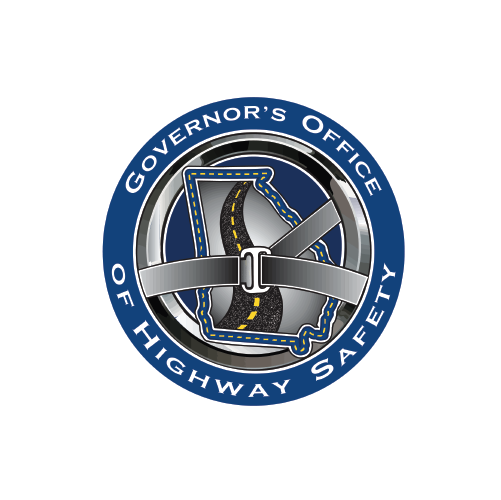
This blog post is produced thanks to support from the Governor’s Office of Highway Safety.
Get ready for a ride with your ABCs!
We’ve all had this happen — you get dressed, you put your helmet on, make sure your lights are charged, and as soon as you roll your bike out the door you notice the tires are flat. Or even worse, you get halfway to your destination and notice that you’re losing air — or your brakes are squeaking.
Familiarizing yourself with basic bike maintenance will help you whether you’re commuting to work every day or riding recreationally, and will help keep you safe. And the first part is as simple as knowing your ABCs! Performing the ABC Quick Check before heading out on your ride ensures your bike is safe to ride, and helps you notice when anything might go wrong.
A is for Air
Make sure your tires are inflated to the pressure listed on the side of the tire
When your tires are correctly inflated, use your thumb to gently push on the outside edge and feel the pressure. This will help you quickly gauge if you need air in the future!
Check for damage on your tire and replace if it is too worn
B is for Brakes
Inspect your brake pads for wear, replace if there is less than 1/4″ of pad left
Check pad adjustment and make sure they don’t rub the tire
Look to see that you can fit your thumb between the brake lever and handlebar when the brakes are squeezed all the way — this means they’re properly adjusted
C is for Cranks and Chain
Pull on your cranks/pedals away from the bike — if they are loose, tighten the bolt.
Check that your chain is free of rust, gunk and any debris
Quick is for Quick Releases
Make sure all your quick release levers are closed (check your wheels and seat!)
They should all be pointing down and towards the back of your bike, so they don’t get caught on anything.
And then CHECK it all over!
Take a quick roll around to make sure everything is working properly, and if you’re carrying any cargo that you’re well balanced.
More of a visual learner? Check out this video from our friends at the League of American Bicyclists:
Learn more tips on our Resources Page.

This blog post is produced thanks to support from the Governor’s Office of Highway Safety.
Vision Zero Ride/Walk/Skate to City Hall
Join us on Thursday, Feb. 24 at 5:30 p.m. for a Vision Zero Ride/Walk/Skate to Savannah City Hall.
At this Thursday’s meeting, Savannah City Council will be voting on a historic Vision Zero Resolution, demonstrating their commitment to reaching zero fatalities and serious injuries on our streets by 2027.
Let’s show up to lend our support! We’ll depart from the south end of Forsyth Park promptly at 5:30 p.m. to arrive downtown and attend the Savannah City Council meeting at 6:30 p.m. Meet in front of the Sentient Bean.
Walkers will head directly down Bull Street, Bikes and Skaters will take Lincoln St. north.
Helmets are requested, lights required. If you would like to attend the City Council Meeting, please bring your lock, ID and face mask. We will have pins available for all attendees.
Can’t attend but want to send a letter of support? Check out our website at https://bikewalksavannah.org/vision-zero.

